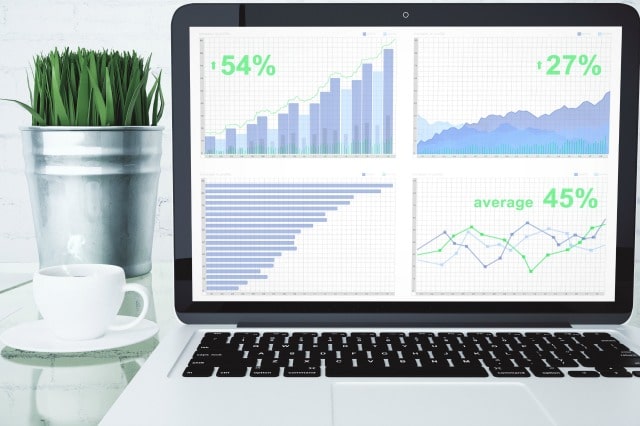Automating Your Finances – How to Make Saving Money as Easy as Doing Nothing
This website may earn commissions from purchases made through links in this post.

Here is a modern money management tool that is just as powerful as a budget (if not more so) and can be used in conjunction with a budget or on its own.
The tool I’m talking about is automation.
Thanks to internet banking, automating your finances is not only possible, but it’s easy and can take as little as 10 minutes to set up. A few minutes doing this simple task can save you money, stress and hours time over the course of the year.
The other day I talked about the myth of willpower. By automating your savings and your debt repayments, willpower no longer comes into play. You can get on with the other things in life while your money takes care of itself.
How to automate your finances
1. Weekly, fortnightly or monthly
The most effective way to automate your finances is to have money automatically transferred out of your everyday account the day after each payday. This means that you know there will be money available to transfer and you can then live off the remaining, resting assured future bills and debt repayments are covered. So when you schedule your automatic transfers will depend on whether you get paid weekly, fortnightly or monthly.
2. Work out how much you need to transfer
Firstly, if you have credit card debts, it’s a good idea to automate your repayments so that you avoid late fees. To pay off your debts, pay more than the minimum repayment and automate this amount to be transferred each pay (more on paying off debts tomorrow).
Next, calculate the yearly bills that you want to save for. These might include insurances, car registration and maintenance, emergency fund, holidays, Christmas fund, clothing provision, medical, education, bills like electricity or telephone, rates etc.
Grab out old bills and statements to help you work out how much you pay on these bills over the year in total and then divide that amount by 52 (weeks), 26 fortnights or 12 months, depending on how often you get paid. This is how much you will need to transfer into a high-interest savings account each pay (again, to be scheduled to come out the day after payday) so that future bills are covered. For more information on managing bill payments, check out this article.
Lastly, if you have investments or you want to contribute extra to Superannuation, don’t forget to automate those payments too. Don’t wait until you have money to spare, you rarely will.
If you have direct debits in place, try to change the date these come out of your account to coincide with the day after payday. Again, this means that you know you have funds in the account to cover the direct debit.
3. Jump online and schedule your payments and transfers
The last step is to log onto your online banking and schedule these amounts to be automatically transferred out of your everyday account the day after every payday. Simple. I set mine up to last the year, but schedule your repayments for as long as you wish (or your bank allows).
So if you’re looking for a powerful money management tool, look no further than your own online banking facility. Schedule savings and payments and make managing your finances this year that much easier.







great insight. Really enjoyed looking over this blog. Keep up the good work and to everyone keep on
learning!
Feel free to visit my website; south coast smsf experts